Search Results for 'Joe Young'
8 results found.
The Galway General Omnibus Company
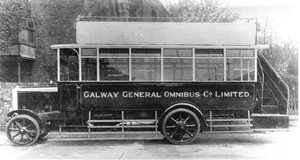
Our photograph today shows a Karrier double-decker bus which was operated by the Galway General Omnibus Company. It was taken at the Spring Show in the RDS in 1924, before it went into revenue earning service. The side panel carries the name of the company, but not the crest. The small lettering on the chassis below the word ‘Galway’ reads ’12 m.p.h.’ A major problem with this type of vehicle was its chain drive which frequently slipped off and caused breakdowns. The bus had solid-tyred wheels and was uncomfortable to ride in.
The 1956 All Ireland final
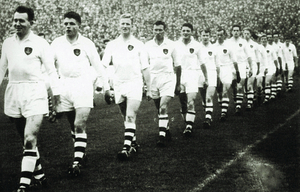
“Grey beards may tell tall stories of ‘The days when men were men’ but never, I feel certain, was there an All-Ireland Senior Football final so completely, and let me add, so distressingly satisfying as the 1956 decider yesterday in Croke Park where Galway defeated Cork by 2 – 13 to 3 – 7.
The 1956 All-Ireland final
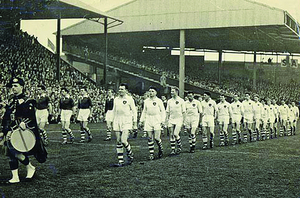
Galway made it to the All-Ireland final in 1956 for the first time since 1942. They beat Mayo, Roscommon, Sligo, and Tyrone on the way and faced Cork in the final. The match was delayed for three weeks because of an outbreak of polio in Cork. It was played on October 7 in front of more than 70,000 people and it turned out to be one of the most exciting and thrilling finals in the history of the sport.
When buses came to Galway
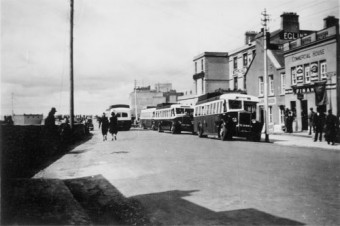
The first public transport system in Galway was the horse drawn tramway. It ran until World War I when the British army commandeered most of the horses. By this time motorised transport was also providing competition, and this speeded up the demise of the tram system.
When buses came to Galway
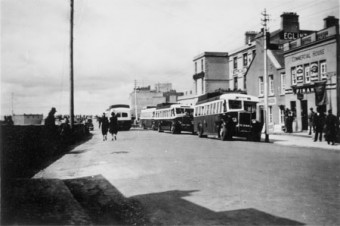
The first public transport system in Galway was the horse drawn tramway. It ran until World War I when the British army commandeered most of the horses. By this time motorised transport was also providing competition, and this speeded up the demise of the tram system.
Running a city on village lines
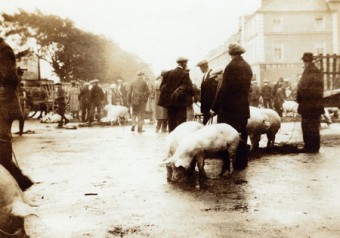
This photograph of a pig fair was taken about 100 years ago on a wet day at the top of Eyre Square. The corner we see on the right was occupied by Michael Walsh, family grocer, wine and spirit merchant, who claimed to have the most superior quality of goods always kept in stock... “A trial will convince”. In the foreground are a typical group of farmers who have travelled into town with their tall carts carrying their pigs. They have them on show with a rope tied around each animal’s leg to avoid them running all over the place. You can almost sense these farmers praying for a buyer to come along, because if they did not sell they would have to bring their pigs home again. Not all farmers had the luxury of carts, and those who walked their animals into town and did not sell, would have to walk them home again.
Fear and loathing in the towns and villages as rebels divided on continuing the struggle
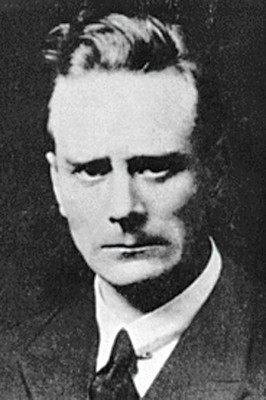
Following the news of the Rising in Dublin on Easter Monday April 25 1916, Galway was in the grip of rumour and anxiety. The Galway ‘rising’, consisting of about 600 men led by Liam Mellows, but poorly armed, was creating mayhem in the county. Police ( RIC) stations were being attacked, telegraph poles were cut down, and trains were not running. Galway was virtually cut off from news of developments elsewhere. Then panic ensued when on Tuesday a British warship, HMS Gloucester, steamed into the bay and indiscriminately opened fire into the coastline, and further inland. Refugees began to arrive in the town.
Peter Greene’s pub
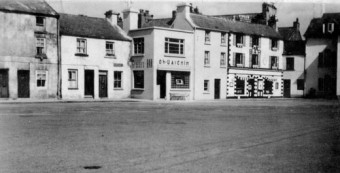
Towards the end of the 19th century Colman Greene came from Carna to Galway to work, mostly as a fisherman. He married Julia McGrath from Newcastle and they opened a pub near the Spanish Arch. They also sold tea and sugar and candles, etc, often as provisions to boatmen going out to fish. They had trawlers and fishing boats of their own at the Claddagh, and were fish merchants also.

